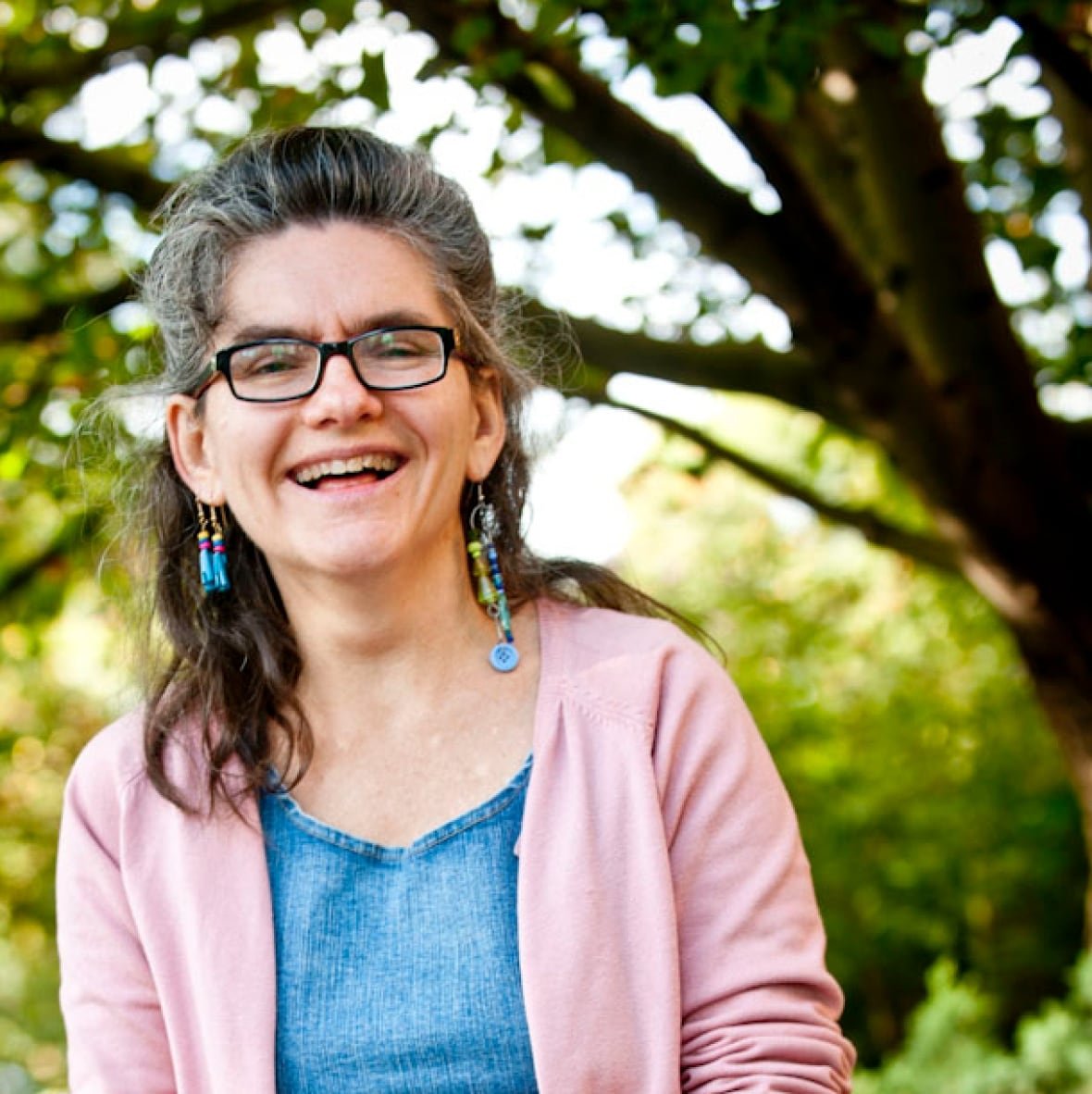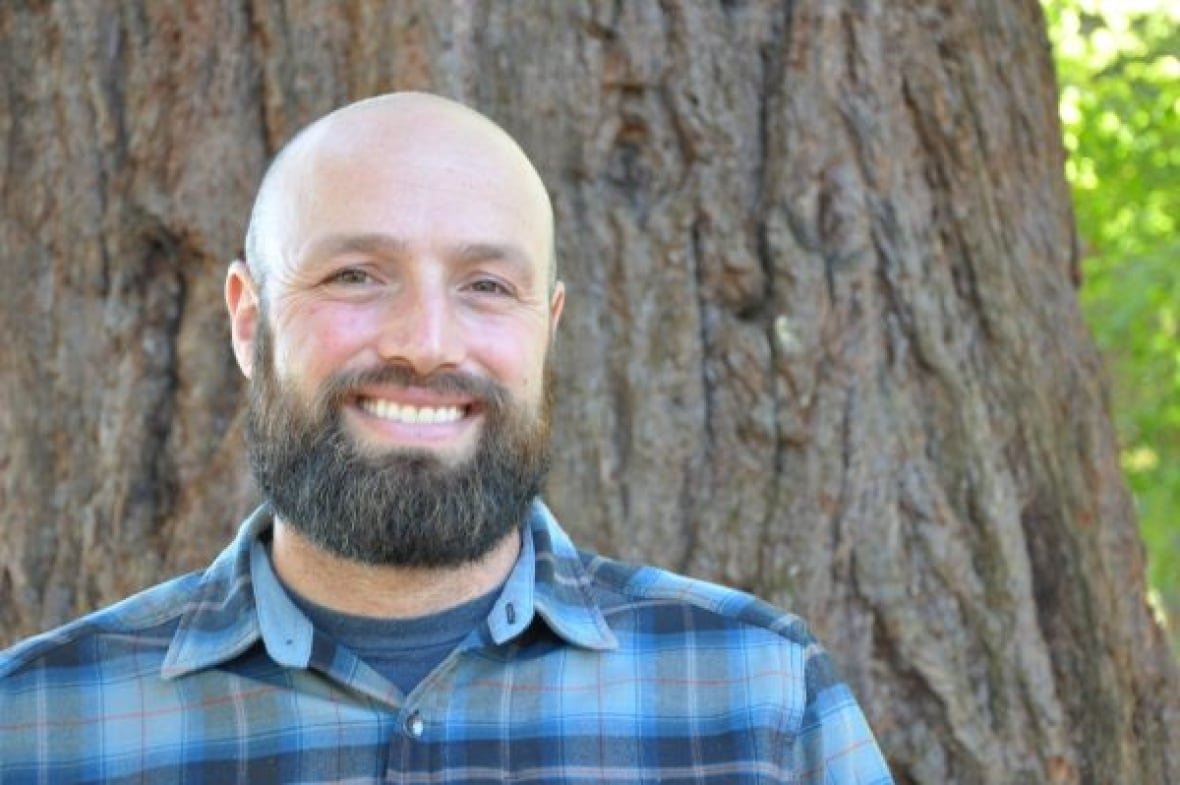
Many find themselves struggling with the cold, gray days with the shorter daylight hours of winter. But even within this gloomier setting, there’s an easy way to boost your mood, according to Holli-Anne Passmore.
“When people notice nature, and not necessarily even just spend extra time, but just [notice] it, we know it enhances our positive emotions,” she told The Current‘s host Matt Galloway.
Passmore is an associate professor of psychology at the Concordia University of Edmonton who studies the correlation between nature and people’s well being.
She says if you simply take a moment to notice every bit of nature around you — whether it’s a tree at the bus stop, a bird in the backyard, or the plants on your desk — you can feel a spark of joy, connectedness, hope and gratitude.
In January, she launched a study with about 150 students at Concordia University of Edmonton to see how paying attention to nature in the winter affects their mood. She thinks the results will be similar to a study she did back in the winter of 2021.

In that previous study, Passmore split around 60 participants into three groups. One group was asked to look at nature, another at human-built objects, and a control group.
For two weeks, the first two groups were asked to go about their usual routines but to pay attention to what they saw during the day. Then, on a daily basis, they received an email prompting them to log what they noticed, upload a photo, and describe how what they saw made them feel.
Participants who looked at nature reported feeling more satisfaction with life, hope and nature connectedness.
They recorded observations such as finding hope in a bare tree that will eventually regrow its leaves, serving as a reminder that tough times will come to an end. Another found joy in seeing bunny prints in the snow.

Passmore wants her findings to help people see the beauty in the world and know that easy and accessible ways to improve your well-being are available.
David Segal, executive director of the Human-Nature Counselling Society in Victoria, says he’s not surprised by the findings. Segal, who works in nature-based therapy, says it’s positive because we are focusing on something that’s beneficial.
“Nature is a tonic for our nervous system that supports people for their best selves to show up,” said Segal, who wasn’t involved in the study.
He says noticing nature is an example of a “glimmer,” which refers to small, everyday moments that bring calmness to our mind and body. They’re the opposite of triggers, which can produce negative emotions and stress.
How does nature help us?
Segal says our brains are programmed to look for potential threats as a survival instinct. This means that we’re naturally more likely to focus on the negative rather than the positive, but it can harm our overall health and well-being if we lean too much into it.
When you make an effort to notice everyday sights that spark joy, Segal says, you’ll have a chance to reduce your stress levels as it calms your nervous system down.
“Nature is the perfect forum for glimmers,” said Segal. “There’s so much that we’re wired to find beautiful.”

Noticing the glimmers in your life creates a compounding positive effect, he says. When a person’s stress level is reduced, they enter into a better state of mind overall. In turn, it helps people gain a better perspective, making the problems they’re experiencing feel more manageable.
Heather Hendrie, founder of True Nature Wilderness Therapy in Squamish, B.C., adds that the way nature grows, decays and changes reflects the ebbs and flows in our own lives. It can also teach us how to navigate those experiences.
When working with clients, she sometimes takes them to areas affected by clear-cutting to explore how it serves as a metaphor for their own journeys of regrowth.
Creating a healthier Canada
Hendrie, who isn’t involved with the study, says Passmore’s research validates the work that nature-based counsellors do.
“It corroborates the work that we’ve been doing, which … many of us know through our own direct experience, that after mindful moments in nature, we do feel better,” she said.

For some people, she says, having concrete evidence that activities like eating lunch on a park bench and noticing wildlife can lower stress levels will give them the justification to try it.
Passmore’s current study will conclude in mid-March, and she hopes the findings will help those struggling with their mental health, which has been the driving force behind her research.
“How can we help everyday people [in] everyday kinds of circumstances?” said Passmore.
“What can people do in their everyday lives? Because if it gets too complicated, we’re not going to do it.”














